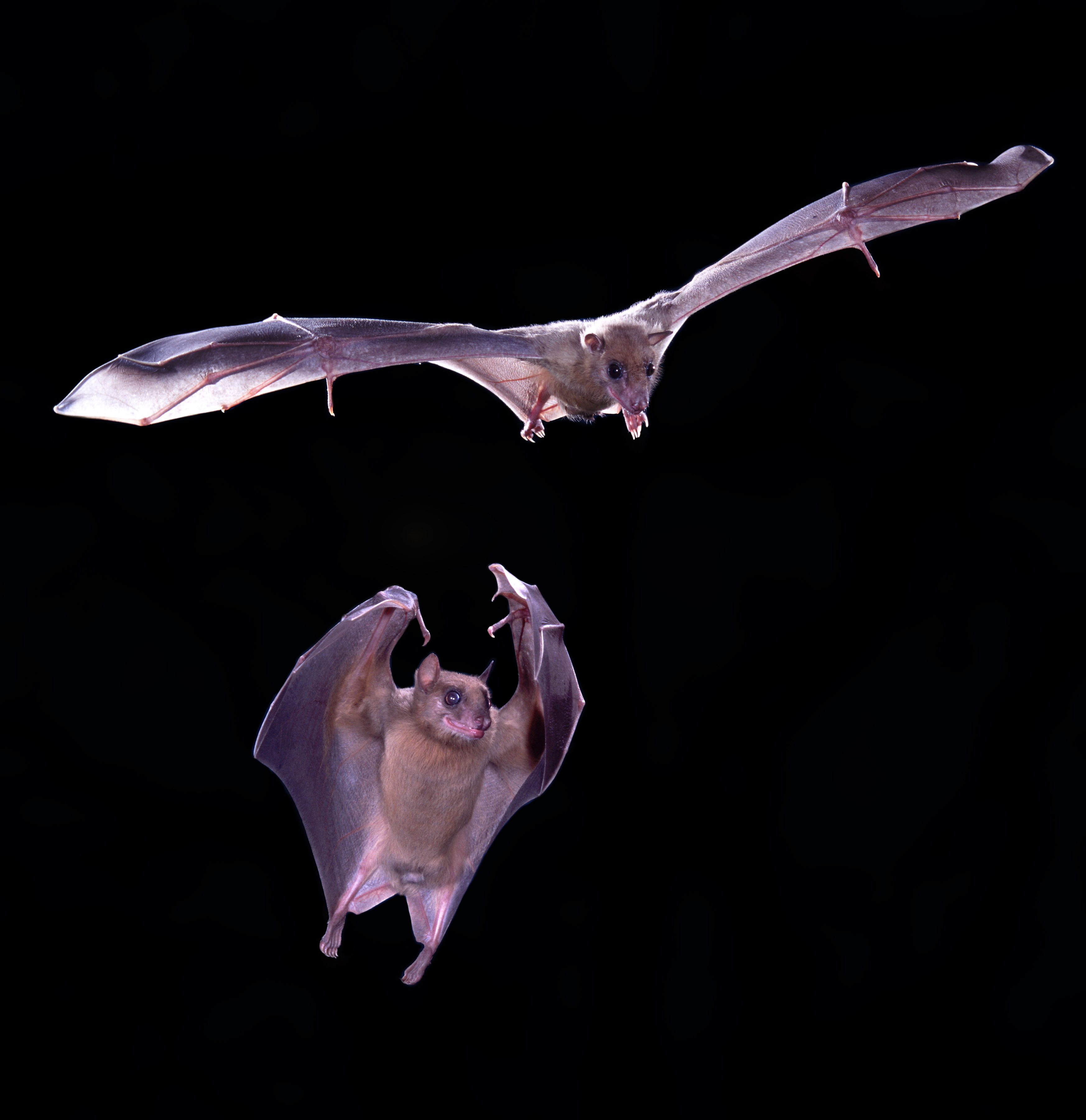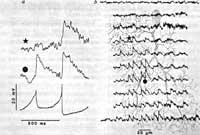Clarify how the brain of bats determines the position of other species
2018/01/11 Agirre Ruiz de Arkaute, Aitziber - Elhuyar Zientzia Iturria: Elhuyar aldizkaria

The hippocampus is the system of spatial autoubication. It acts as a GPS, recording a certain map of space in the brain. Scientists have identified which neurons help the body resolve its spatial position, but so far they did not know how the brain follows the footprint of other animals. On this occasion, experiments with bats have made it possible to identify which brain cells record the location of other animals of the same species. These neurons can therefore be key to social interactions, observation learning or group navigation.
In the experiment, bats looked at the flight of another companion. The companion had two balls to land. Then the bat he was looking at had to make the same flight if he wanted to collect the prize. Researchers have found that neuronal activation is different, looking at a member or looking at an inert mobile object. Thus, it is suggested that certain neurons have social-spatial cognition.
According to researchers, these research will help to better understand how hippocampus processes locations and spatial memory.

Gai honi buruzko eduki gehiago
Elhuyarrek garatutako teknologia




